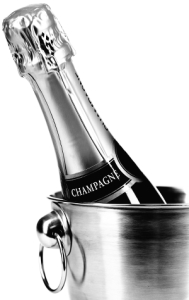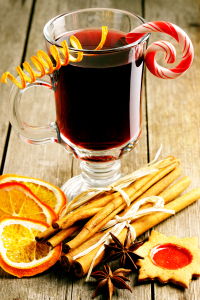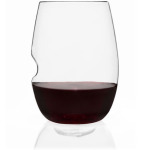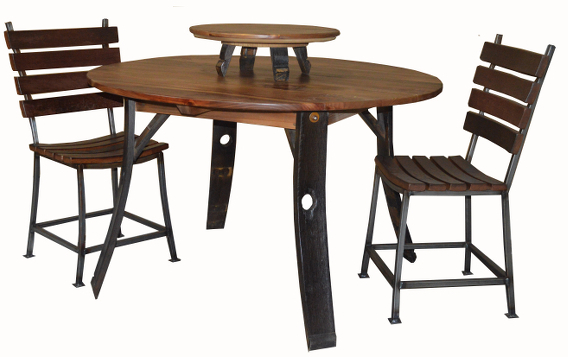New Year’s Eve has been celebrated since the time of the ancient Babylonians. Champagne has been traditionally used as a beverage for celebrations, even used as THE beverage for the coronation of French Kings. Our society toasts the New Year with champagne and not any other beverage.
How did this Champagne Celebration Tradition Begin?
 During a coronation in Reim, France, the nobility would linger in the Champagne region and indulge in the local wines. During the Middle Ages, wine was consumed within the year it was produced, shipped in barrels and was “still”, lacking effervescence.
During a coronation in Reim, France, the nobility would linger in the Champagne region and indulge in the local wines. During the Middle Ages, wine was consumed within the year it was produced, shipped in barrels and was “still”, lacking effervescence.
The wine trade grew over the centuries. When new barrels weren’t opened until spring, the wine would become fizzy because the yeast of the wine began consuming the grape sugars during the warmer weather. The Champagne region, with its navigational rivers, supplied wine to France, England and Holland. Dom Perignon, a famous monk at the end of the 17th century, is responsible for improving the quality of the wine and began packaging the wine in bottles with corks, maintaining the wine’s sparkle. In 1728, King Louis XV proclaimed that only Champagne’s wines could be shipped in bottles. This packaging ensured a reliable product delivered to the French court.
Producers wanted expansion and introduced Champagne to other major cities. It sold easily as the nobility imbibed the wine. During the 19th century, Industrialization opened up new markets. Champagne sold as an aspirational beverage to the wealthy new merchant class. It was expensive and used only on special occasions.
Champagne has maintained its popularity with an intentional association with luxury. The Rolls Royce of the wine world enjoys the benefits of persistent marketing and continues as the beverage of choice to ring in the New Year.
 December 30, 2014 | Posted in
December 30, 2014 | Posted in 


